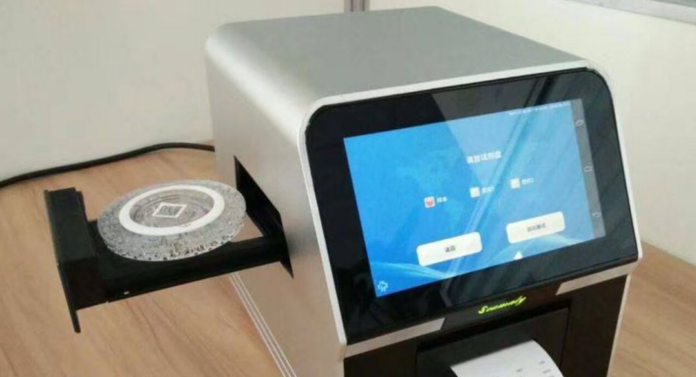Chemistry analyzers are used to test the composition of a sample. They are used for everything from testing for the presence of elements in a substance to testing for the purity of a substance.
However, the chemistry analyzers can be extremely expensive and can cost hundreds of thousands of dollars. The reason for this is because the fully automatic biochemistry analyzer required to perform these tests is very sensitive and delicate. In oder to ensure that the analyzer works properly, technicians must be trained in how to use them.
So, how do you go about the machines setup and operating to ensure its efficiency and worth is not tampered with?
5 Key Tips on Setting Up a Chemistry Analyzer
The following tips will help you get started:
Get to Know the Machine
Familiarize yourself with the instrument you are using. The manufacturer’s documentation should provide information about the instrument’s operation and safety precautions. It is also a good idea to review the documentation before starting any calibration procedure or experiment.
Prepare the Lab Space
Prepare your work area before setting up your chemistry analyzer. Make sure there are no flammable materials nearby (e.g., chemicals), because they can cause fires if spilled accidentally onto an open flame or hot plate in your workspace. Also make sure that any electrical equipment (e.g., computers) in the area has been turned off before proceeding with the setup process.
Cleaning the machine before use
All machines require cleaning before they can be used. Your machine might come with instructions on how to clean it but if not, consult the manual provided by the manufacturer or ask an expert for help.
Accurately Set Up the Analyzer
Set up your chemistry analyzer according to instructions provided by your instructor or lab manual. Some instruments require that you connect them to specialized computers or other devices before proceeding with calibration procedures; others may require connecting them directly to power sources such as wall outlets or car batteries depending on their operating systems.
Monitor Temperature Controls
It is important to set up proper temperature controls for the samples. This can be done by using temperature control blocks or using temperature-controlled water baths. The samples should be kept in a constant temperature while they undergo analysis.
Use Proper Calibration Solutions
Calibration solutions are used to ensure that your instrument is giving accurate results. These solutions can be purchased from your equipment manufacturer or purchased online and are specially formulated for use with your specific analyzer. They come in various concentrations so you will need to know what concentration you require for your test.
Conclusion
When it comes to setting up a chemistry analyzer, the choices can be overwhelming. However, some of the best chemistry analyzers are available in fully functional technology models and they are affordable. Before you decide on a model, do your research and find out which analyzers will meet your specific needs. Find reputable dealers with proven results. Your answers will be readily available if you ask the right questions from reliable sources so do not hesitate to do so
In addition, as a professional chemist, you should ensure that every step of an experiment is handled correctly so that your results and conclusions are as accurate as possible.










